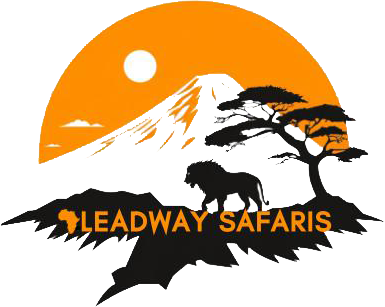The meal plan for climbing Kilimanjaro sounds fantastic! Here’s a breakdown of what climbers can expect, highlighting the focus on nutrition, variety, and hygiene:
Meals Overview
Healthy and Nutritional: Large, healthy meals are designed to meet the energy demands of the trek.
Hygiene Standards: All food is prepared under strict hygiene protocols, ensuring safety and quality.
Fresh Ingredients: Meals are freshly prepared using locally-sourced ingredients.
Drinking Water
Purified Water: Boiled, filtered, and purified water is provided to all climbers to prevent gastrointestinal issues.
Daily Intake: Climbers are encouraged to drink 3-4 liters of water daily.
Electrolytes and Flavoring: Adding electrolyte formula or flavoring drops can enhance hydration.
Daily Kilimanjaro Menus
Typical Breakfast:
Beverages: Tea, coffee, hot chocolate
Breads: Toast, biscuits with margarine, jam, peanut butter, honey
Proteins: Eggs, sausages, or bacon
Carbohydrates: Porridge or pancakes
Fresh Fruits: Mango, orange, pineapple, banana, avocado, or watermelon
Typical Lunch:
Beverages: Tea, coffee, hot chocolate
Soup: Vegetable soup
Breads: Bread, biscuits, or pancakes with jam, peanut butter, honey
Main Course: Chicken curry with rice, chapati, green beans
Snacks: Peanuts, popcorn, cake, cookies
Fresh Salad: Tomato, cucumber, onion, carrots, green peppers
Typical Dinner:
Beverages: Tea, coffee, hot chocolate
Soup: Vegetable soup
Breads: Bread, biscuits, or pancakes with jam, peanut butter, honey
Main Course: Spaghetti with meat sauce
Sides: Potatoes, rice, or pasta
Fresh Vegetables: Carrots, peas, tomatoes, beans, greens
This well-thought-out meal plan ensures that climbers are not only well-fed but also energized for their trek. The variety in meals keeps the experience enjoyable, allowing climbers to look forward to their next meal on the mountain.
